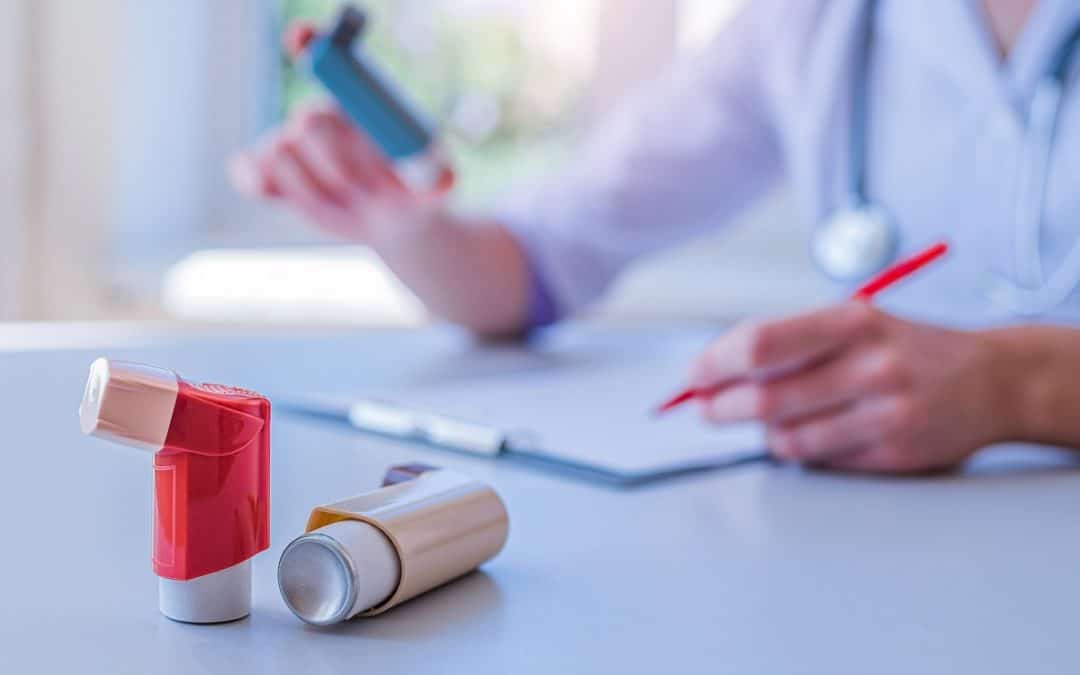The addition of five new remote therapeutic monitoring (RTM) codes in the 2022 CMS physician fee schedule represents a major expansion in the reimbursement for remote care.
Last week, we offered an overview of RTM for providers to understand just how, why, and when it can be applied. Today we’ll take a closer look at these RTM codes and answer your questions about them.
Remote Therapeutic Monitoring (RTM) Codes:
The Basics
First, a quick review: As defined by CMS, remote therapeutic monitoring, or RTM, refers to the remote monitoring and management of non-physiological patient data. This includes general medicine care, such as the status of a patient’s musculoskeletal or respiratory system. It also includes the adherence and response to medication and therapy.
This is a significant difference from previous codes for the reimbursement of remote patient monitoring. Usually abbreviated to RPM, this term also sometimes stands for remote physiologic monitoring, because it allows only for the monitoring of physiological data such as heart rate, blood sugar levels and other vital signs.
RPM is also reimbursed as “evaluation and management (E/M),” meaning it can only be billed by a physician, although it can be performed by clinical staff under general supervision. The new RTM codes, however, allow reimbursement on a ”general medicine” basis, outside of conventional clinical settings. That means that reimbursement is through the billing practitioner(s), which can potentially include a much wider range of professionals like PTs and PTAs, OTs and OTAs, NPs and Pas, SLPs, nurses, aides and clinical social workers.
Remote Therapeutic Monitoring (RTM) Codes:
The Details
With that context behind us, then, here’s a breakdown of each of the new RTM codes, offering the CMS definitions, a plain-language explanation and the reimbursement amounts allowed:
CPT Code 98975
What’s the official CMS description?
“Remote therapeutic monitoring (e.g., respiratory system status, musculoskeletal system status, therapy adherence, therapy response); initial set-up and patient education on use of equipment.”
What’s that mean in plain language?
RTM code 98975 allows for the initial setup of a therapeutic monitoring device or other equipment, along with patient education on the use of that equipment. It can only be billed once per episode of care (the period from service activation to the resolution of treatment goals).
What’s the reimbursement amount?
98975 allows a one-time reimbursement of $19.38 (non-facility national average).
CPT Code 98976
What’s the official CMS description?
“Remote therapeutic monitoring (e.g., respiratory system status, musculoskeletal system status, therapy adherence, therapy response); device(s) supply with scheduled (e.g., daily) recording(s) and/or programmed alert(s) transmission to monitor respiratory system, each 30 days.”
What’s that mean in plain language?
RTM code 98976 offers reimbursement for the supply of a remote device to monitor the respiratory system, including scheduled recordings and/or programmed alert transmissions. It can only be billed once each calendar month (30 days).
What’s the reimbursement amount?
98976 allows for a total reimbursement of $55.72 per person per month, each 30 days (non-facility national average). .
CPT Code 98977
What’s the official CMS description?
“Remote therapeutic monitoring (e.g., respiratory system status, musculoskeletal system status, therapy adherence, therapy response); device(s) supply with scheduled (e.g., daily) recording(s) and/or programmed alert(s) transmission to monitor musculoskeletal system, each 30 days.”
What’s that mean in plain language?
RTM Code 98977 allows reimbursement for the supply of a remote device to monitor the musculoskeletal system, including scheduled recordings and/or programmed alert transmissions. It can only be billed once each calendar month (30 days).
What’s the reimbursement amount?
98977 allows for a total reimbursement of $55.72 per person per month, each 30 days (non-facility national average).
CPT Code 98980
What’s the official CMS description?
“Remote therapeutic monitoring treatment management services, physician/other qualified health care professional time in a calendar month requiring at least one interactive communication with the patient/caregiver during the calendar month; first 20 minutes.”
What’s that mean in plain language?
RTM Code 98980 allows for the reimbursement for clinical time with the patient and caregiver dedicated to therapeutic monitoring and/or management. It covers the first 20 minutes of consultation within one calendar month, and requires at least one “interactive communication” (such as a video chat or phone call).
What’s the reimbursement amount?
98980 allows for a total, one-time reimbursement of $50.18 for 20 minutes of initial consultation time, per person per month (non-facility national average).
CPT Code 98981
What’s the official CMS description?
“Remote therapeutic monitoring treatment management services, physician/other qualified health care professional time in a calendar month requiring at least one interactive communication with the patient/caregiver during the calendar month; each additional 20 minutes (List separately in addition to code for primary procedure).”
What’s that mean in plain language?
RTM Code 98981 allows for the reimbursement for additional clinical time between the patient and caregiver dedicated to the therapeutic care episode. It covers each additional 20 minutes within one calendar month. Like 98980, it also requires at least one “interactive communication” (like a phone conversation or virtual video session).
What’s the reimbursement amount?
98981 allows for a total of $40.84 for each 20 minutes of additional consultation time, per person per month (non-facility national average).
Contact Us Now!
Finally, if you’re seeking guidance on the use of remote care technology, we invite you to download our free “Reimbursement Tree” guide, a convenient, one-page summary of the new CMS reimbursement codes.
Questions about RTM or other types of remote care? CareSimple is standing by to help answer them. Contact us today to get in touch with one of our experts.
